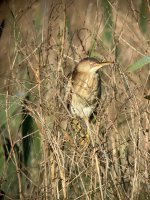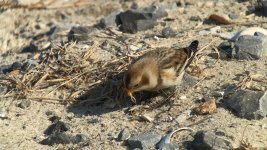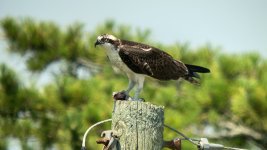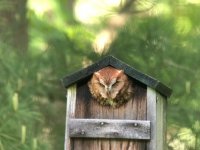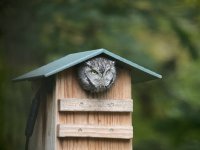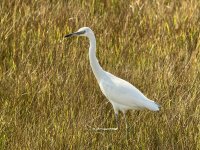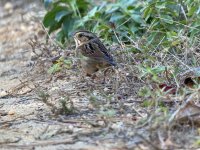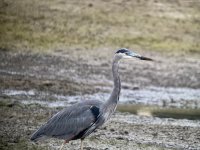Just found the old post about the 1/2 wave Leica scope standard. I think the account of ordering three scopes and lucking into an 1/8 wave cherry among them is good enough to pass along. Hope springs eternal!
(From Henry)
........Once again I would urge birders to learn how to test and evaluate your own scope, get a resolution chart, learn how to star test. Don’t assume a high status brand name guarantees a defect free scope, and don’t expect a defective scope you return to the manufacturer to receive some sort of high tech, sophisticated optical evaluation. It may just get a quick look from somebody who knows less about it's problems than you do.[/QUOTE]
--------------------------------------------------------------------------
The above is an old note, but I just signed up a few days ago and it caught my eye. Some years ago I became interested in the Leica Televid Apo 77mm. I ordered three from different vendors intending to see if there were significant differences and retain the best for myself. My testing methods are similar to Henry's ie: I magnify the image and evaluate the intra/extra focal patterns as well as use test charts both magnified and at standard power.
Without going into too much detail, I ended up contacting a Leica factory technician and was told that the minimum spec. for these apo scopes was 1/2wave. I was quite surprised at this thinking that such an expensive scope would certainly be better than that. This indeed echoed what I had observed and estimated among the three samples.
One scope did indeed have about 1/2 wave s.a. - in the real world that meant that at 20x it looked about as good as the others but at 60x there was a noticeable softening of the image. The next was a little better but had some astigmatism. The third was close to 1/8 wave ! (Guess which one I kept

. I fabricated several higher power eyepieces including a very high power eyepiece from an 2.5mm LV. I know that is pushing it even for a high quality apo spotting scope, but it performed quite well giving an almost perfect diffraction pattern. I could see Cassini's division on Saturn, split epsilon lyrae and spent many hours viewing things on good old Terra Firma.
Anyway, I guess the moral of the story is, as mentioned above, learn to evaluate the optics you buy, and you may end up with something exceptional as I did with that Leica scope or at least you won't get stuck with a lemon or wonder why it 'just isn't right' (A year later I sold it to a professional photographer on the East coast :egghead: minus the high power eyepieces) - Herb
p.s. : I could also tell you a few things about a Questar I once owned!








